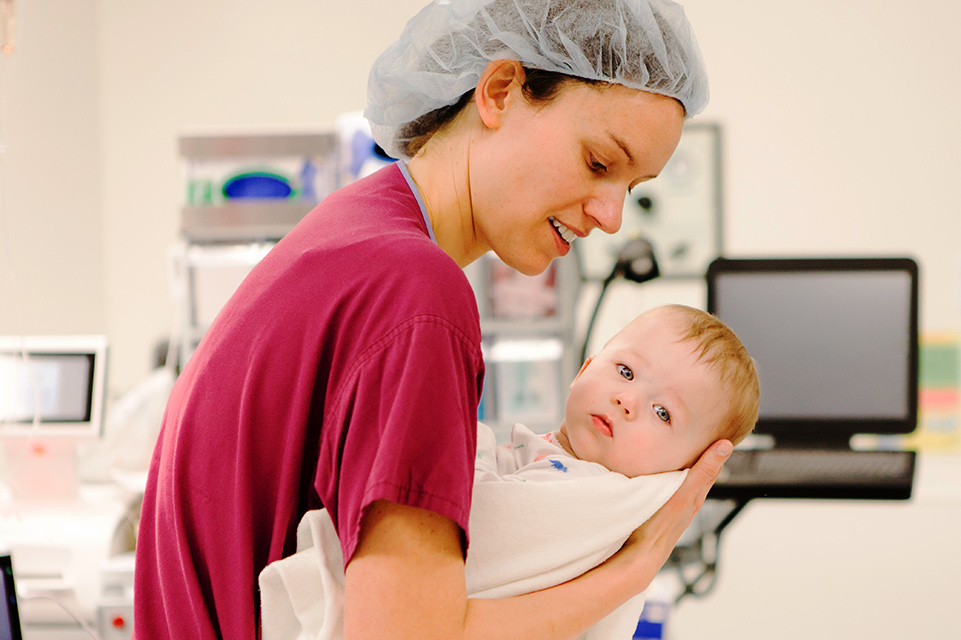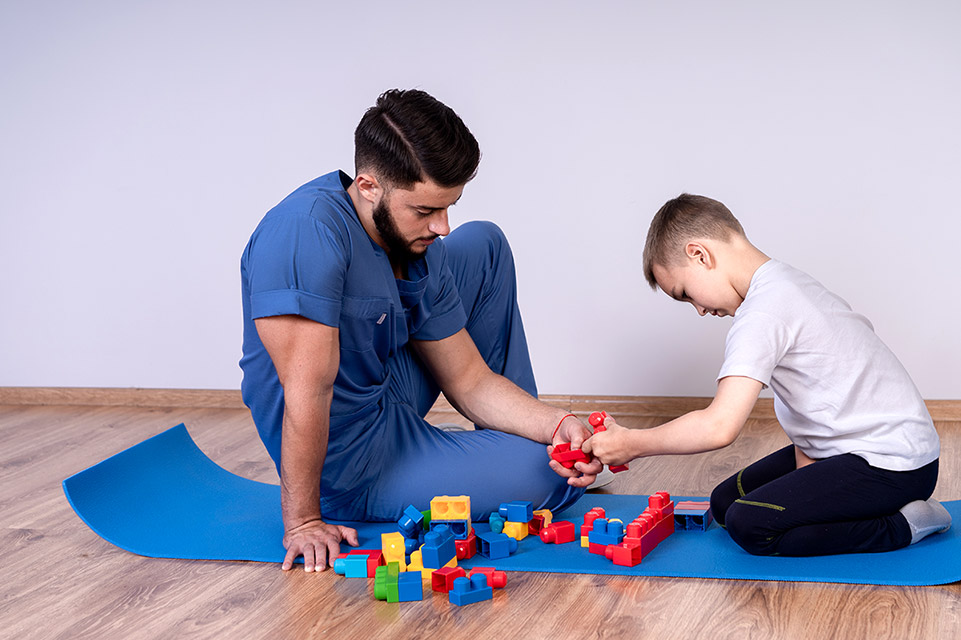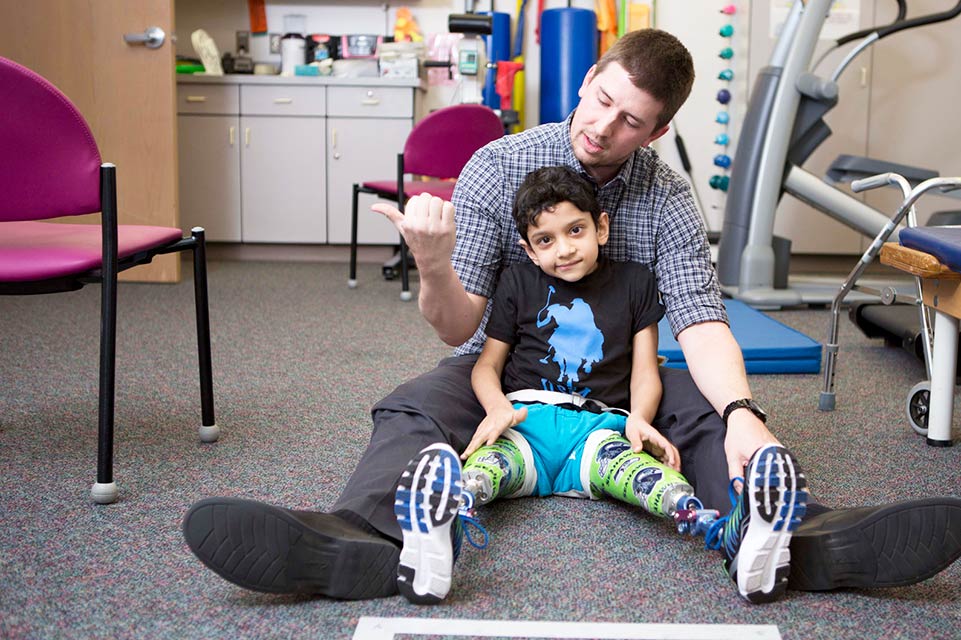Multiple Hereditary Exostosis
We specialize in providing world-class pediatric orthopedic care for children with rare bone disorders.
A rare genetic condition usually passed down from parent to child, multiple hereditary exostosis (MHE), also called hereditary multiple osteochondromas affects bone growth and development. This condition causes abnormal but benign (not cancerous) exostoses (bony growths), or osteochondromas, that vary in size, shape, location and number.
Exostoses typically appear on the legs, arms, fingers, toes, pelvis and shoulders around age 3 or 4 and continue growing until a child reaches maturity.
Because they sometimes sit near joints or the growth center of the bone, bumps caused by MHE can impact range of motion and cause limb deformities. People with MHE tend to be shorter than average and sometimes develop deformity causing bowing of the legs or arms.
Treatment for multiple hereditary exostosis may include surgery to remove the bony growths if they are causing pain or interfering with the alignment of joints.
Specific treatments and services may vary by location. Please contact a specific location for more information.
Symptoms of Multiple Hereditary Exostosis
Sometimes MHE causes more than just bony bumps. If you notice any of the following symptoms in your child, let us know:
- Limb length differences: If one limb is impacted by more exostoses, it might be shorter.
- Bowed arms or legs: MHE can cause the bones in the arms and legs to curve outward.
- Pain around the growth: If exostoses sit near tendons or nerves, the affected area can be sore.
- Stiffness: Exostoses that sit near the joints can impact range of motion, especially in the elbows, forearms, hips and knees.
Less than 1% of the time, growths caused by MHE can become a malignant (cancerous) tumor after adulthood, usually between the ages of 20 and 50. If you have MHE and notice bumps continuing to grow after you've stopped maturing, contact your doctor immediately.
Multiple Hereditary Exostosis Treatments
Some people with MHE don't have many symptoms and never require treatment. If your child has severe changes or a limited range of motion, talk to us. We're dedicated to ensuring you and your child feel comfortable with every treatment option, including pediatric surgery.
Surgical Options
If an exostosis causes your child to have bowed legs or arms, just removing it can help the bones grow straighter. For children with MHE that causes short bones, our orthopedic surgeons will discuss other treatment options.
Occupational Therapy
Sometimes, children who have stiff limbs or difficulty moving because of an exostosis benefit from occupational therapy, which can help them become more independent when performing everyday activities.
Physical Therapy
We know how difficult it can be for children to enjoy life when they have exostoses that cause pain and issues with mobility. Through personalized stretches and exercises, our physical therapists can help your child gain strength and find relief from pain.
From the minute your child becomes a patient at Shriners Children's, their individualized care begins. Your team will work with you and your child to create a treatment plan everyone feels comfortable with.
We were relieved to find orthopedic specialists who were experienced in treating this rare condition. Our search for the right medical professionals to treat our son ended the day we walked through the doors at Shriners.
Innovative Treatments
View All Related Treatments
Occupational Therapy

Physical Therapy


